I recently obtained a complete set of the Fantasy Mongers fanzine. This fanzine lasted from 1979 to 1989 (with a short hiatus which I’ll explain) and had 28 issues, published by Weirdbook Press, and edited by W. Paul Ganley.
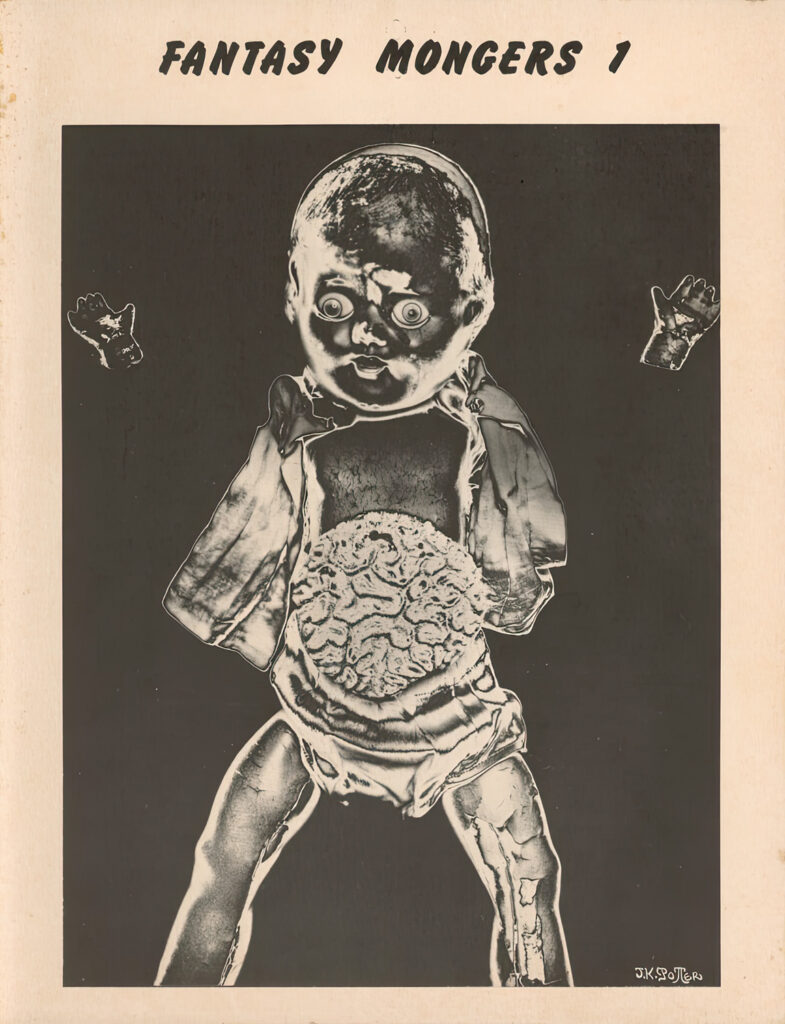 All issues were 8.5- by 11-inches, running from eight to 40 pages, most being about 16 to 20. Interestingly, the plan was to have issues be 32 to 64 pages. It rarely hit 32. Most were saddle-stitched, though a couple were just stapled along one side. Almost all covers had artwork, with color-paper covers used from #15 on. With issue #19, it was slightly retitled as Fantasy Mongers Quarterly. I’m not sure why as it was always a quarterly publication.
All issues were 8.5- by 11-inches, running from eight to 40 pages, most being about 16 to 20. Interestingly, the plan was to have issues be 32 to 64 pages. It rarely hit 32. Most were saddle-stitched, though a couple were just stapled along one side. Almost all covers had artwork, with color-paper covers used from #15 on. With issue #19, it was slightly retitled as Fantasy Mongers Quarterly. I’m not sure why as it was always a quarterly publication.
Earlier issues noted it as “the magazine for collectors of pulp, book, fanzines, paperbacks, etc. Science fiction, fantasy, horror, the supernatural, mystery, detectives, mystery.” Hence why I got them.
The fanzine was produced as an adjunct to Weirdbook, and mainly published advertisements with some articles, reviews, and letters. So it’s not a pure adzine. I got it for the articles, so for this posting I will mainly note those articles I found most interesting. I don’t know where they might be available elsewhere.
For those not aware, Weirdbook was an annual (usually) fanzine devoted to weird fiction that ran for 30 issues from 1987 to 1997. A companion magazine, Eerie Country, would become Weirdbook Sampler for one issue then Weirdbook Encore until it ended in 1993 after a total of 14 issues. While Weirdbook Press is no more, W. Paul Ganley is still publishing, I believe. Weirdbook would later be revived by Wildside Press, and still exists.
Though to be honest, even looking over the ads was interesting, as I see small-press books from the time I recall, ones I never heard of, pulp shows, etc.
#1 (1979). For this first issue, there were two interesting articles. One by L. Sprague de Camp looked at the relationship between HPL and critic Edmund Wilson. While the critic was pretty harsh on his view of Lovecraft’s work, he strangely based a character in a play he wrote on HPL. The other is an interview with Robert Bloch by Darrell Schweitzer.
#2 (1979). This time we got the largest issue at 40 pages. Among the interesting items is a fragment taken from H. Warner Munn‘s The Ship From Atlantis before its publication. Has this piece ever been incorporated into anything else? There is an article by Nick Carr reprinting excerpts from various pulp stories. And an article on walking through graveyards, taking inspiration from Lovecraft.
And with that, Fantasy Mongers ended. Interestingly, in that second issue they note a new fanzine, Age of the Unicorn, that had a similar aim. And while they got a lot more subscribers than they expected, instead they decided to merge Fantasy Mongers in with Age of the Unicorn starting with #3. But if you read my postings on it, you know that that fanzine didn’t last, with the “Age of the Unicorn” name moving to Megavore, which itself soon ended as The Science-Fiction Collector.
So with that, they soon returned with:
#3 (Spring 1982). There’s no cover art this time, the only time this happened. And no articles. But we got an editorial by Ganley on the economics of publishing Weirdbook. Spurred on, I am sure, by some ignorant of how it works, complaining about the costs. It’s a problem we still have today. I would note that forgotten is the concept of scale. It’s much cheaper to publish several thousand books than just a few hundred. It’s a point too many overlook. Print-on-demand has changed that, but that’s a very recent phenomenon.
#4 (1982). This time we actually got a 32-page issue, and only one subsequent issue would be as large. Only one long article by Joseph Lewandowski, who put out several of his own fanzines, some of which I’ve reviewed here. He writes about Harold Ward‘s Doctor Death series, which at the time we had found out about and could get copies of the final two unpublished novels. So this was a pretty good article on the whole series, which you can get from Steeger Books.
#5 (1983). From pulp historian Will Murray is an article on the feathered serpent motifs in Doc Savage and The Shadow. Has this one been reprinted elsewhere? A different piece is by Rex Ward, a sort of fictionalized nostalgia for the pulp-hero era.
#6 (1983). Another article by Will Murray, this time on Richard Blade, a paperback science-fantasy series mainly from the 1970s. It would end a year after this article. I remember seeing copies in used bookstores when I was hunting for Doc Savages. I almost never see them today. From Carl Shaner is one on the expansion of Conan through pastiches, comicbooks, etc.
#7 (1983). We get an article on The Destroyer series by Richard Sapir and Warren Murphy, and another on DC Comics’ The Shadow series.
#8 (Fall 1983). Another article by Will Murray, this time on Captain Future and his dealings with the Old Ones. This was an interesting one. Another short-short story by Rex Ward. And an article on Lester Dent killing the same character twice in the same novel.
#9 (Winter 1984). The highlight of this issue is an article by Will Murray on Street & Smith’s pulp-hero tryout magazine Crime Busters. We get some great history on its development and learn more about the more popular characters who appeared there like Norgil the Magician, Carrie Cashin, Click Rush, et al. I might have to revisit my own posting on this one to see if I should revise it.
#10 (Spring 1984). We get an article on Doc Savage’s submarine Helldiver in an article by Will Murray. There is also an article/reminiscence by Rex Ward, who had recently passed away. I think this piece had been written by him in the ’50s.
#11 (Summer 1984). We get a cover article on the Shadow’s various identities he used. Will Murray looks at the original Black Bat by Murray Leinster that appeared in a short-lived pulp. This is the first article on this series I’ve seen, and only a few issues have been reprinted.
#12 (Autumn 1984). We get just one article, again by Will Murray, who looks at a trio of pulp stories using the same basic plot: the villain is taking people to the moon, but it’s all a scam. Both Doc and Bill Barnes dealt with this.
#13 (Winter 1984/85). This time just a couple of articles. One looks at pulp heroes who hid their names from even the reader, such as The Shadow in his early years, G-8, the guys who formed The Secret Six, and more. The other is on weird-fiction author Basil Wells (1912-2003), who I was not familiar with. Some of his work is back in print.
#14 (Spring 1985). Only one article by Will Murray on the “return” of HPL, reprinted from Comic Buyer’s Guide.
#15 (Summer 1985). Another article by Will Murray, this time on Sandy Sanders, the kid sidekick in Bill Barnes who was killed off and then brought back. We also get a strange little article by Michael Avallone.
#16 (Autumn 1985). Surprisingly, this is a huge issue coming in at 36 pages. I suppose this may be due to them giving out several hundred copies to attendees of the World Fantasy Con that year. The article by Will Murray is on a small poem that appeared in The Thrill Book that may or may not be by Clark Ashton Smith. I wonder if in the intervening years, this has been fully resolved? Another article, another reprint from Comic Buyer’s Guide, looks at G-8’s weird war.
#17 (Winter 1985/86). Will Murray provides a short biography of Walter Gibson. Another article looks at H.P. Lovecraft, a pop music group. And Howard Hopkins looks at the only two Doc Savage novels that had Native American mysteries as the plot.
#18 (Spring 1986). One article here by Vent Wheelright speculates what book might have been the inspiration for the mummy legend that led to the Universal monster movie. The other article, by Peter Sydney Kemel, looks at some coincidences between real-life and mystery stories, one of them being a Solar Pons tale.
#19 (Summer 1986). Will Murray provides two related articles on the spicy pulps. One is an informal history, the other looks at the authors. Both reprinted from Risque Stories.
#20 (Autumn 1986). Will Murray has an article on the ancestors of Batman, again a reprint from Comic Buyer’s Guide. A lot of space is devoted to Johnston McCulley’s The Bat, which has been reprinted and I’ve reviewed here. Another article is on a U.K. series of “science-fiction postcards,” basically an idea to have a complete science-fiction tale on a postcard. Apparently, seven were done.
#21 (Winter 1986/87). The shortest issue at eight pages, and all colored paper. Will Murray has a great article for the centennial of Nick Carter. David Bates provides three short articles on the Fantasy Readers, Fantasy Classics, and SF/F Curi-oddities. I have posted on the Fantasy Readers and Classics. I’d rather not mention the works covered in the third article.
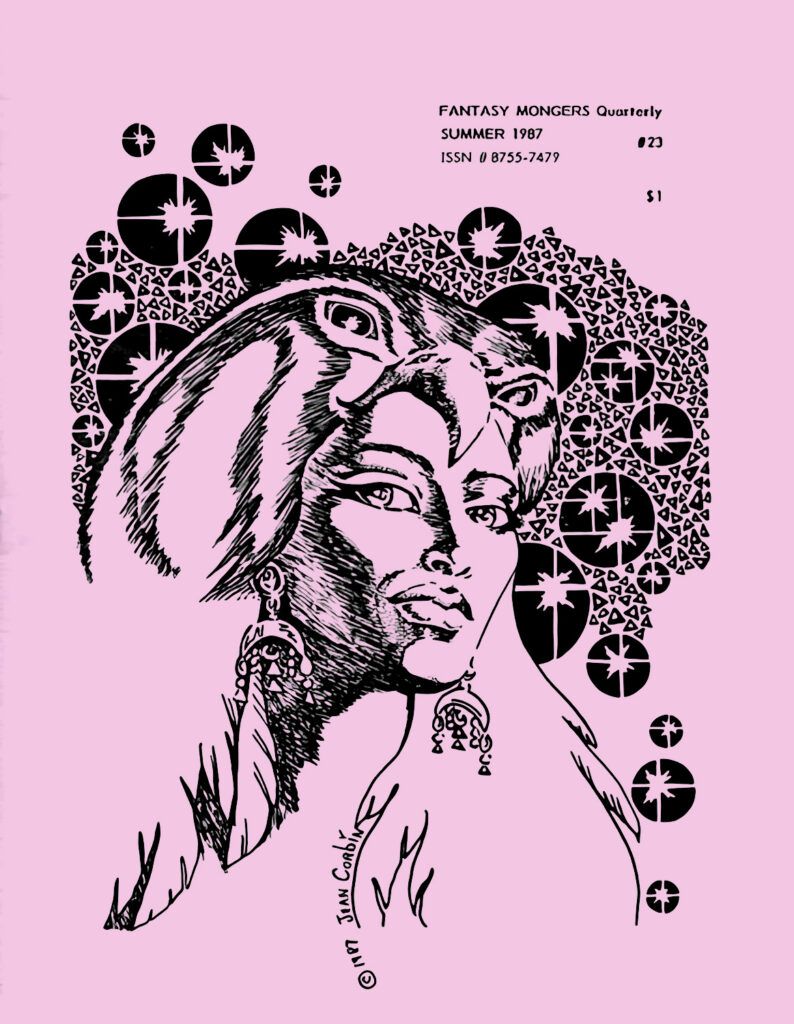 #22 (Spring 1987). Several articles this issue. We get a couple of articles by Will Murray from earlier issues of Crypt of Cthulhu. One on a possible inspiration to Brown Jenkins, the other on a witch-cult. Another article speculates on possible early unknown HPL works that were done under pseudonyms. David Bates provides two articles, one on a Whitman Press pamphlet series done in Australia, and the other on a probable ghost magazine from 1974.
#22 (Spring 1987). Several articles this issue. We get a couple of articles by Will Murray from earlier issues of Crypt of Cthulhu. One on a possible inspiration to Brown Jenkins, the other on a witch-cult. Another article speculates on possible early unknown HPL works that were done under pseudonyms. David Bates provides two articles, one on a Whitman Press pamphlet series done in Australia, and the other on a probable ghost magazine from 1974.
#23 (Summer 1987). A further article on the spicy pulps originally from Risque Stories by Will Murray looks at the series characters in Spicy Detective. Vent Wheelright has an article on “missing mysteries”: mystery writers and books missing from the two major references. In particular Paul Gallico and Richard Pitts Powell.
#24 (Autumn 1987). We get an article by Will Murray on the boys who appeared in “The Gold Ogre,” a Doc Savage novel with the intention of creating them as possible returning characters. But where did they come from? Vent Wheelright looks at Fantasy Book, a short-lived, 1940s magazine.
#25 (Winter 1987/88). From Will Murray is an article on a lost Shadow TV pilot, originally appearing in Movie Collector’s World. David Bates looks at the original John Carter, an author from the 1910s with that name.
#26 (Spring 1988). Will Murray has an article on the radio Shadow, originally from the Comics Buyer’s Guide. Darrell Schweitzer has the first of a two-part article originally from Fantasy Review on Mervyn Wall’s Fursey novels.
#27 (Autumn 1988). Will Murray has an article looking at the authorship of The Phantom Detective stories, which I think at this point has been largely answered. Right? David Bates looks at some failed attempts in the 1950s to put out sea-oriented fiction magazines.
#28 (Winter 1988/89). Announced on the cover as the final issue, subscribers were moved to Fantasy Collector, published by Camille “Caz” Cazedessus Jr., who just brought it back with the December 1988 issue (#201). It would run for many years before becoming Pulpdom.
So, overall it was an interesting fanzine, but not as successful as some, as it was trying to be an adzine with articles. Will Murray came to dominate, appearing in many issues. It was also interesting that Jean Corbin became the major cover artist for the zine, and she was even used as a cover artist for one of the books Weirdbook Press put out. She did other work in the 1980s and ’90s, then nothing.
While I know some of Will Murray’s articles, like the Doc ones, have been reprinted in book form, I have no idea about the rest.

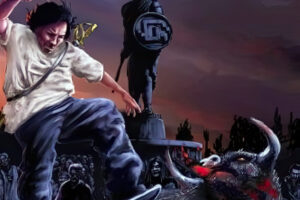
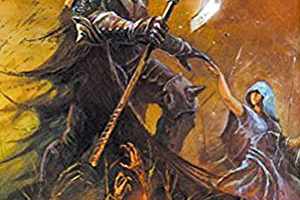
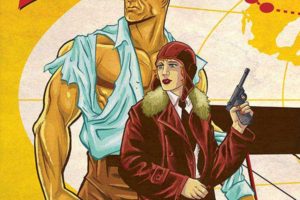
Thanks to your assistance, all issues are now indexed in the Fictionmags Index – http://www.philsp.com/homeville/FMI/j00/j00286.htm#A2
Great work to all of you